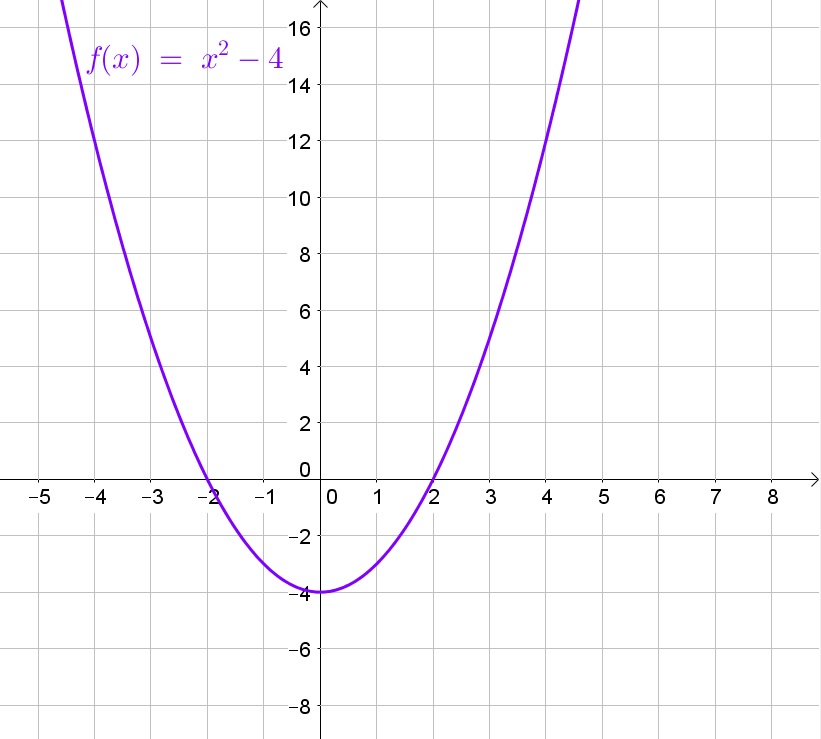All Solutions
Page 252: Closure Activity
Perfect trinomial squares: $a^2+2ab+b^2=(a+b)^2$
a. $x^2+6x+8=(x+2)(x+4)$
b. $3x^2+15x+12=3(x^2+5x+4)=3(x+4)(x+1)$
c. Perfect trinomial squares: $2x^2+4x+2=2(x^2+2x+1)=2(x+1)^2$
d. Difference of squares: $x^2-36=(x-6)(x+6)$
e. Perfect trinomial squares: $x^2+2ax+a^2=(x+a)^2$
f. Difference of squares: $x^2-y^2=(x-y)(x+y)$
g. see (a) to (f)
b. $3(x+4)(x+1)$
c. $2(x+1)^2$
d. $(x-6)(x+6)$
e. $(x+a)^2$
f. $(x-y)(x+y)$
g. see (a) to (f)


$$
sin{15text{textdegree}}=dfrac{x}{20}
$$
Multiply both sides of the equation by 20:
$$
5.18approx 20sin{15text{textdegree}}=x
$$
$$
tan{15text{textdegree}}=dfrac{5}{x}
$$
Multiply both sides of the equation by $x$:
$$
xtan{15text{textdegree}}=5
$$
Divide both sides of the equation by $sin{15text{textdegree}}$:
$$
x=dfrac{5}{tan{15text{textdegree}}}approx 18.66
$$
$$
x^2=6^2+12^2=180
$$
Take the square root of both sides of the equation:
$$
x=6sqrt{5}approx 13.42
$$
b. $xapprox 18.66$
c. $xapprox 13.42$
$$
dfrac{x}{6}=dfrac{12}{8}=dfrac{3}{2}
$$
Multiply both sides of the equation by $6$:
$$
x=dfrac{3cdot 6}{2}=9
$$
Determine $y$:
$$
dfrac{y}{6}=dfrac{8}{12}=dfrac{2}{3}
$$
Multiply both sides of the equation by $6$:
$$
y=dfrac{2cdot 6}{3}=4
$$
Determine $z$:
$$
dfrac{z}{10}=dfrac{8}{12}=dfrac{2}{3}
$$
Multiply both sides of the equation by $10$:
$$
z=dfrac{2cdot 10}{3}=dfrac{20}{3}approx 6.67
$$
$$
P(20+older)=dfrac{250+250+250}{1000}=dfrac{750}{1000}=0.75=75%
$$
b. Use the addition rule:
$$
P(under 20text{ or } A)=P(under 20)+P(A)-P(under 20text{ and }A)
$$
$$
=dfrac{250}{1000}+dfrac{371}{1000}-dfrac{152}{1000}=dfrac{469}{1000}=46.9%
$$
Since the expression contains OR, we know that the event is a union.
c. The complement of an event is 100% decreased by the probability of the event:
$$
P(20+oldertext{ and }notA)=P(nottext{ under} 20text{ and }not A)=1-P(under 20text{ or } A)
$$
$$
=1-dfrac{469}{1000}=dfrac{531}{1000}=53.1%
$$
b. 46.9%
c. 53.1%

$$
P(rap)=dfrac{4+1}{3+6+4+5+1+3}=dfrac{5}{22}approx 0.227=22.7%
$$
b. The probability is the number of favorable possibilities divided by the number of possible outcomes:
$$
P(traditional)=dfrac{3+6+3}{3+6+4+5+1+3}=dfrac{12}{22}=dfrac{6}{11}approx 0.545=54.5%
$$
c. The probability is the number of favorable possibilities divided by the number of possible outcomes:
$$
P(traditional: pop)=dfrac{3}{3+6+4+5+1+3}=dfrac{3}{22}approx 0.136=13.6%
$$
d. The probability is the number of favorable possibilities divided by the number of possible outcomes:
$$
P(not: country)=dfrac{6+4+1+3}{3+6+4+5+1+3}=dfrac{14}{22}=dfrac{7}{11}approx 0.636=63.6%
$$
b. 54.5%
c. 13.6%
d. 63.6%
$$
overline{DV}cong overline{RS}
$$
$$
mangle RYS=mangle DNV
$$
b. A bisector divides an angle into two equal angles:
$$
angle DABcong angle BAC
$$
c. If two angles have the same measure in a triangle, then the opposite sides of the angle are congruent (have the same length):
$$
overline{WY}cong overline{QY}
$$
d. Adjacent angles in a parallegram are supplementary:
$$
mangle C=180text{textdegree}-148 text{textdegree}=32text{textdegree}
$$
b. $angle DABcong angle BAC$
c. $overline{WY}cong overline{QY}$
d. $32text{textdegree}$

